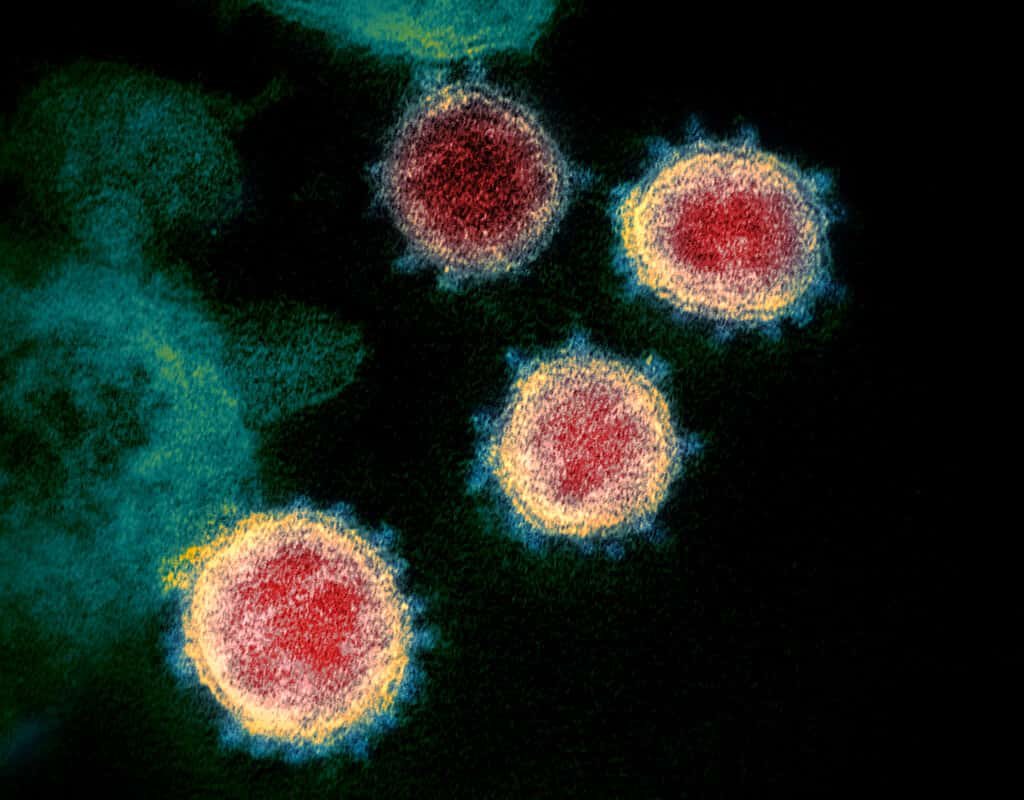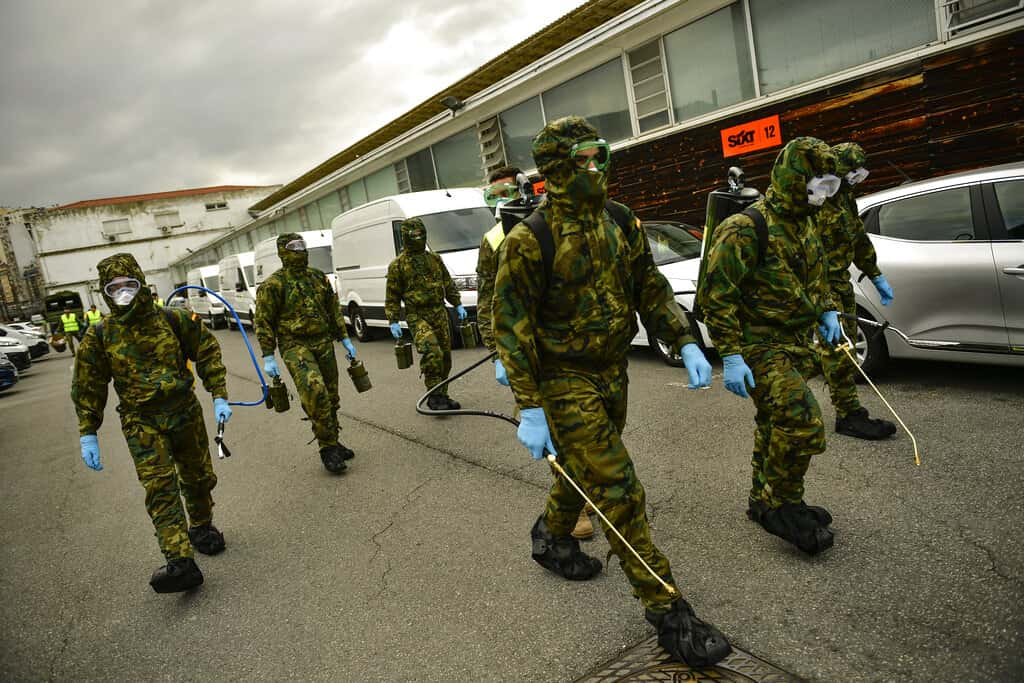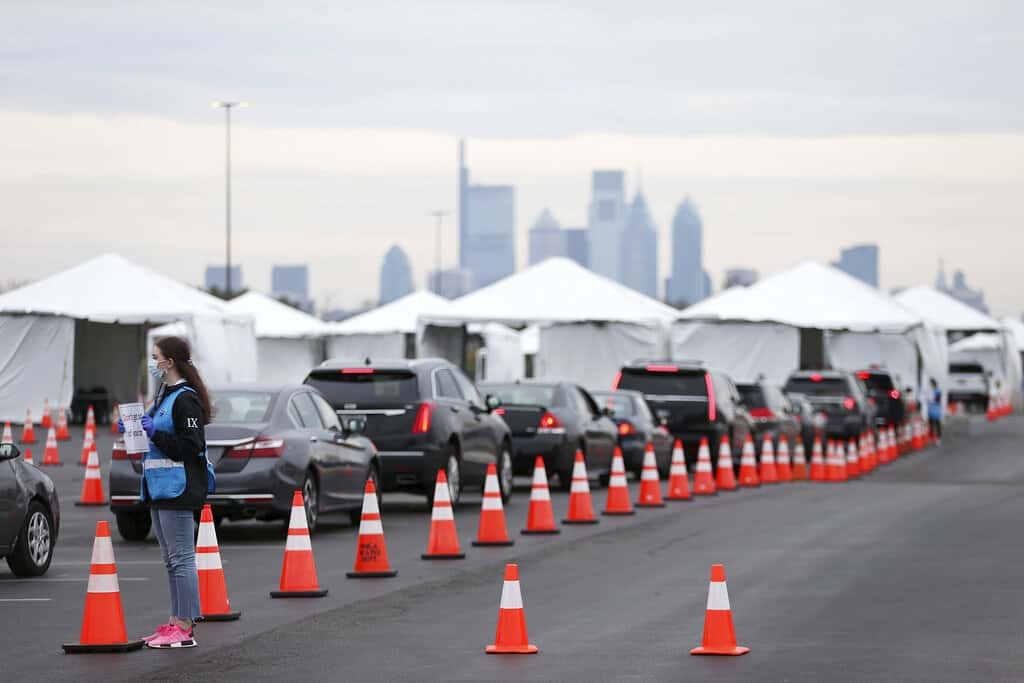Coronavirus has a natural origin and is not a lab-grown bioweapon, new research ends speculation

The deadly COVID-19 virus is not a bioweapon that escaped from a lab as new evidence from US scientists reveals that it has a natural origin.
The analysis of public genome sequence data from COVID-19 and related viruses found no evidence that the virus was made in a laboratory or otherwise engineered. The researchers from the Department of Immunology and Microbiology at Scripps Research, US, conclude that the virus is a product of natural evolution, ending any speculation about deliberate genetic engineering.
“It is improbable that SARS-CoV-2 emerged through laboratory manipulation of a related SARS-CoV-like coronavirus. Our analyses clearly show that SARS-CoV-2 is not a laboratory construct or a purposefully manipulated virus,” says the team in their findings published in Nature Medicine. “By comparing the available genome sequence data for known coronavirus strains, we can firmly determine that SARS-CoV-2 originated through natural processes,” says Dr Kristian Andersen, an associate professor of immunology and microbiology at Scripps Research, in the paper.
The team also includes experts from Tulane University, US; University of Sydney, Australia; University of Edinburgh, UK and Columbia University, US.
Coronaviruses are a large family of viruses that can cause illnesses ranging widely in severity. The first known severe illness caused by a coronavirus emerged with the 2003 Severe Acute Respiratory Syndrome (SARS) epidemic in China. A second outbreak of severe illness began in 2012 in Saudi Arabia with the Middle East Respiratory Syndrome (MERS).
On December 31, 2019, Chinese authorities alerted the World Health Organization (WHO) of an outbreak of a novel strain of coronavirus causing severe illness, which was subsequently named COVID-19. So far, the virus has killed over 16,558 and over 381,761 globally.

(NIAID-RML via AP)
The theories
An earlier study by researchers from universities in China had raised the question as to whether the new coronavirus originated in the Wuhan lab. In their findings, the team had concluded that “in addition to origins of natural recombination and intermediate host, the killer coronavirus probably originated from a laboratory in Wuhan.
Fuelling the rumors, US Senator Tom Cotton, in an interview with Fox News had raised the possibility that the virus had originated in the high-security biochemical lab in Wuhan, the city where the new coronavirus first appeared.
But such theories surrounding lab origin have been slammed by many experts. Dr Trevor Bedford, an infectious-disease expert at Fred Hutchinson Cancer Research Center, for example, has said that the novel coronavirus could not have been genetically engineered in a lab. A study published in The Lancet also said that bats could be the likely source, but other animals may have helped transfer disease to humans.
The latest evidence
Shortly after the epidemic began, Chinese scientists sequenced the genome of COVID-19 and made the data available to researchers worldwide. In the current study, the research team used this sequencing data to explore the origins and evolution of COVID019 by focusing on several tell-tale features of the virus.
“In the midst of the global COVID-19 public-health emergency, it is reasonable to wonder why the origins of the pandemic matter. Detailed understanding of how an animal virus jumped species boundaries to infect humans so productively will help in the prevention of future zoonotic events,” says the team. For example, explains the team, if COVID-19 pre-adapted in another animal species, then there is the risk of future re-emergence events.

(AP Photo/Alvaro Barrientos)
What the team did was to analyze the “genetic template for spike proteins, armatures on the outside of the virus that it uses to grab and penetrate the outer walls of human and animal cells.” More specifically, they focused on two important features of the spike protein: the receptor-binding domain (RBD), which is “a kind of grappling hook that grips onto host cells,” and the cleavage site, “a molecular can opener that allows the virus to crack open and enter host cells.”
“The RBD portion of the COVID-19 spike proteins had evolved to effectively target a molecular feature on the outside of human cells called ACE2, a receptor involved in regulating blood pressure. The COVID-19 spike protein was so effective at binding the human cells that the scientists concluded it was the result of natural selection and not the product of genetic engineering,” says the study.
The researchers explain that this evidence for natural evolution was supported by data on COVID-19’s backbone – its overall molecular structure. If someone were seeking to engineer a new coronavirus as a pathogen, they would have constructed it from the backbone of a virus known to cause illness. But the scientists found that the COVID-19 backbone “differed substantially” from those of already known coronaviruses and mostly resembled related viruses found in bats and pangolins.
“These two features of the virus, the mutations in the RBD portion of the spike protein and its distinct backbone, rule out laboratory manipulation as a potential origin for COVID-19,” say experts.
Possible origins of COVID-19
In the paper, the researchers describe that the most likely origins for COVID-19 followed one of two possible scenarios.
They explain that in one scenario, the virus evolved to its current pathogenic state through natural selection in a non-human host and then jumped to humans. According to experts, this is how previous coronavirus outbreaks have emerged, with humans contracting the virus after direct exposure to civets (SARS) and camels (MERS).

The researchers propose bats as the most likely reservoir for COVID-19 as it is very similar to a bat coronavirus. There are no documented cases of direct bat-human transmission, however, suggesting that an intermediate host was likely involved between bats and humans, they add.
“In this scenario, both of the distinctive features of COVID-19’s spike protein—the RBD portion that binds to cells and the cleavage site that opens the virus up—would have evolved to their current state before entering humans. In this case, the current epidemic would probably have emerged rapidly as soon as humans were infected, as the virus would have already evolved the features that make it pathogenic and able to spread between people,” the findings state.
According to the second proposed scenario, a non-pathogenic version of the virus could have jumped from an animal host into humans and then evolved to its current pathogenic state within the human population. “For instance, some coronaviruses from pangolins, armadillo-like mammals found in Asia and Africa, have an RBD structure very similar to that of COVID-19. A coronavirus from a pangolin could possibly have been transmitted to a human, either directly or through an intermediary host such as civets or ferrets,” says the study.
The research team, however, cautions that it is difficult if not impossible to know at this point which of the scenarios is most likely.
“The genomic features described here may explain in part the infectiousness and transmissibility of COVID-19 in humans. Although the evidence shows that COVID 19 is not a purposefully manipulated virus, it is currently impossible to prove or disprove the other theories of its origin described here. However, since we observed all notable COVID-19 features, we do not believe that any type of laboratory-based scenario is plausible,” say researchers. “More scientific data could swing the balance of evidence to favor one hypothesis over another,” they add.